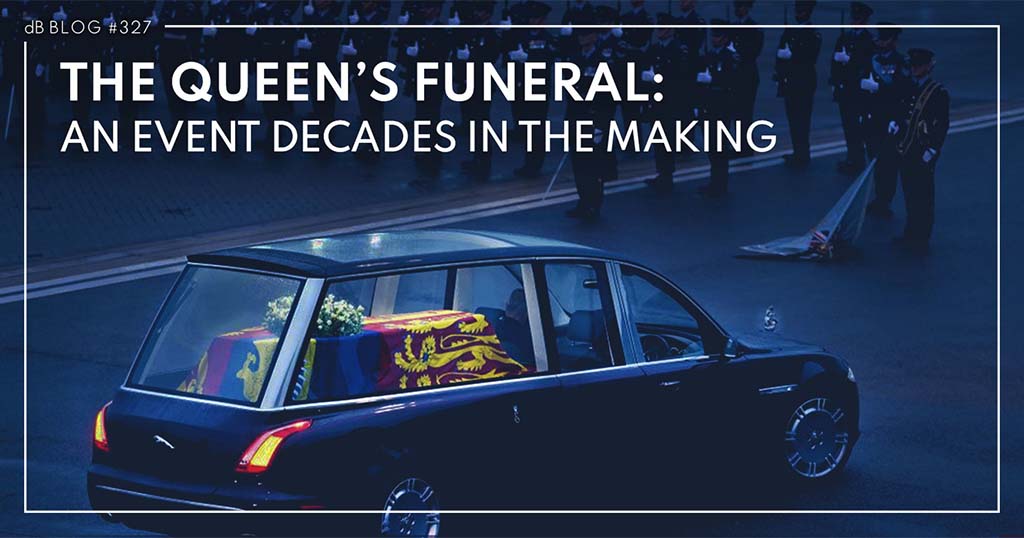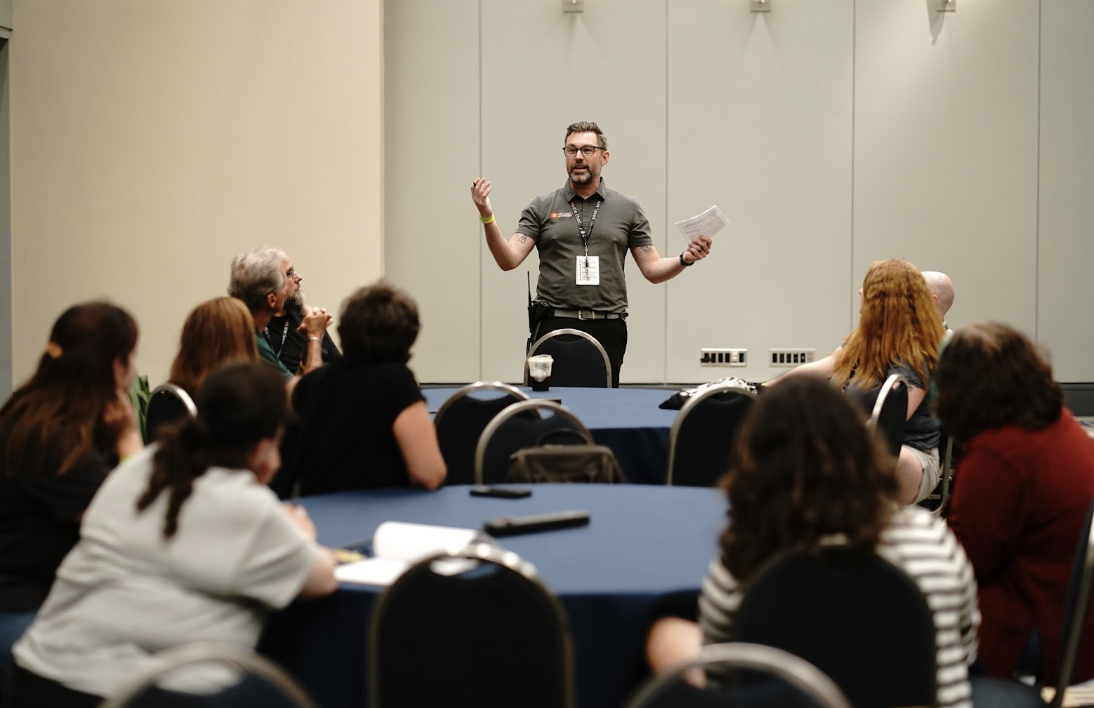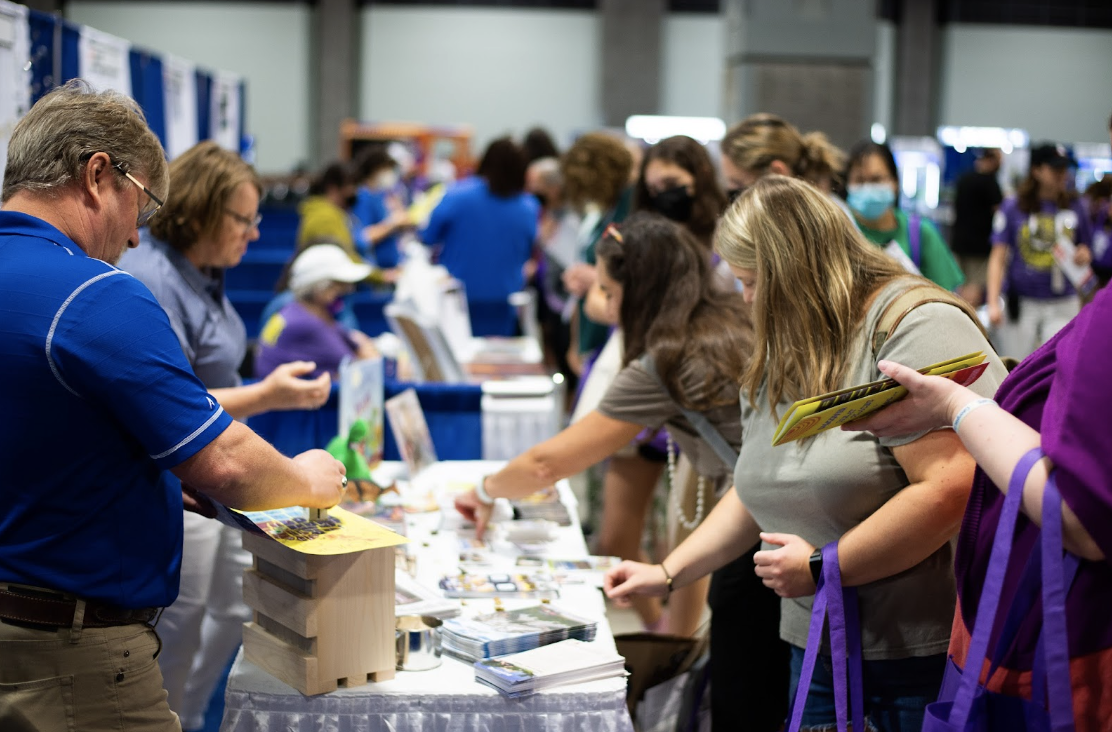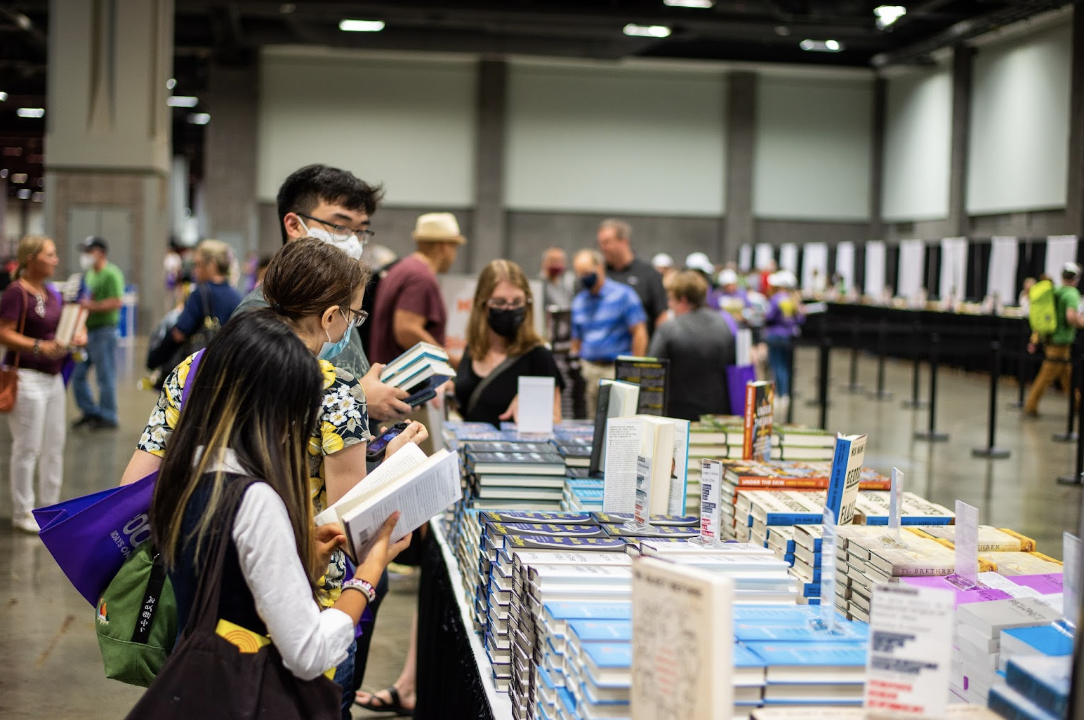If there was any doubt in any minds that the British monarchy is still alive and well, despite Megxit and icky Prince Andrew, these doubts should have been laid to rest yesterday, along with Her Majesty the Queen.
Queen Elizabeth the Second passed away on September 8th, at the age of 96, at Balmoral Castle in Scotland. As Britain s longest reigning monarch, and a rather beloved one at that, there was no question that her passing and her subsequent funeral would garner international attention on the highest of scales.

The Queen is Dead. Long Live the King.
As the eldest son of Queen Elizabeth, Charles became the new monarch upon the passing of his mom.
On the day of her death, known as D-Day, a notice of death was posted on the gates outside of Buckingham Palace, and remained there for 24 hours, visible to people queuing along Constitution Hill. Across the country, flags were flown at half-staff at royal residences, government buildings, and military establishments.

On September 9th King Charles had his first audience as king with the Prime Minister of Britain, Liz Truss. He later addressed the nation at 6:00 pm, stating, “we owe her the most heartfelt debt any family can owe to their mother; for her love, affection, guidance, understanding and example.” The next day he was formally proclaimed as the new sovereign at St. James Palace during a meeting of the Accession Council.
London Bridge (aka, the code name for the The Queen s passing) triggered a ten day national mourning period.
On September 11th, the Queen left Balmoral for the last time as her coffin was driven to Edinburgh.

The following day, the coffin was taken on a procession with the king and royal family members following on foot.
An Affair to Remember
The Earl Marshal is tasked with overseeing state funerals and coronations, and this role is currently held by Edward Fitzalan-Howard, the 18th Duke of Norfolk. The Earl Marshal is a hereditary position that has been held by the Marshal family since 1672. And Edward has been planning for this event for decades, and meeting with key stakeholders on an annual basis for years now to review and fine-tune the London Bridge plans.
The Queen s coffin was transported from Westminster Hall to Westminster Abbey in a carriage drawn by 142 sailors. Yes, sailors, not horses. Resulting from a long-standing tradition of using sailors rather than horses to draw the carriage during monarch funerals ever since horses were spooked while transporting Queen Victoria s coffin in 1901 and nearly tipping it over.

The funeral was held in the same location where the Queen had been married as well as where her coronation was held the first royal funeral to be held at Westminster Abbey since the 18th century.

The Queen s coffin itself was covered with several symbolic items of note, including:
- The Imperial State crown and it s 2,862 (!!) diamonds;
- The Sovereign Scepter (which represents the monarch s power in the secular realm);
- The Sovereign Orb (which represents the monarch s power in the Christian world);
- The Royal Standard flag;
- A wreath selected by her son Charles containing foliage of rosemary, English oak, and myrtle cut from the gardens of royal residences; and
- A handwritten note from her son Charles which read in loving and devoted memory .

These items were later removed during the committal service at St. George s Chapel, signaling the official end of the Queen s reign. Following the removal of these items, Lord Chamberlain Baron Parker broke his wand of office, and placed it on top to signify the end of the guards service to the Queen.
1,650 military personnel and over 10,000 police officers were on hand to oversee the hugely complex policing operation which was the largest in the London force s history, surpassing the 2012 London Olympics. And with good reason. The funeral was a regular who s who of global leaders and celebrities. Some of the big names that occupied the 2,000 seats at Westminster Abbey included Sandra Oh, Bear Grylls, over 100 presidents and heads of government, and more members of royalty than royal watchers can shake a stick at.

Of course, it wouldn t be a royal affair without some discussion of who was wearing what. The Guardian said it best: for the grandest, most gorgeous of occasions the dress code was resplendent solemnity, in pearls and pillbox hats, high heels, and sharp tailoring. Of particular interest was the fact that Prince Harry wasn t able to wear his military uniform for the funeral (neither was Prince Andrew), and instead wore a morning suit.
Towards the end of the service, the Queen s piper played Sleep, Dearie, Sleep . This was especially symbolic as the Queen started most days with the sound of bagpipes as her piper would play at 9:00 am for 15 minutes each day as a pseudo alarm clock to start her morning.

Finally, Queen Elizabeth was transported to King George VI Memorial Chapel in a custom-designed Jaguar and then was buried, alongside her late husband Prince Philip, in a small private family ceremony.







